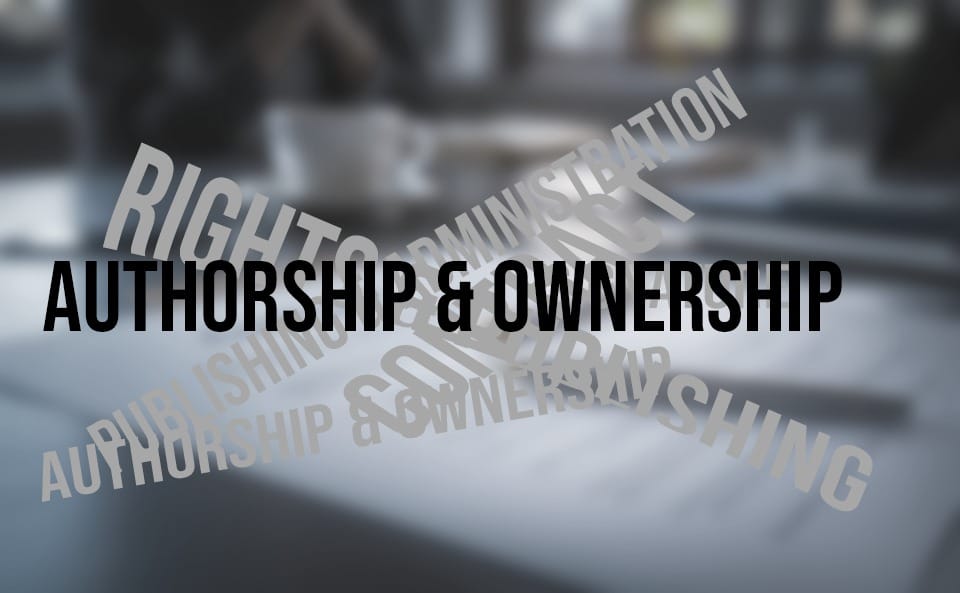Who’s the Composer? Who’s the Author? Who Gets Paid?

Understanding Song Splits, Credits & Metadata for Independent Artists and Labels
You wrote a track. Maybe alone, maybe with a producer, or maybe you added a featured artist.
It sounds great – but who owns what? And more importantly: who gets paid what?
In the independent music world, rights and royalties are often misunderstood. Miscommunication leads to lost income, disputes, or simply missed opportunities. Let’s break down the essentials so you can protect yourself – and your collaborators.
Roles in a Song – Who Does What?
When you create a song, there are multiple layers of creative input and legal ownership. The most common roles are:
- Composer – writes the music/melody
- Lyricist – writes the lyrics
- Performer – sings or raps the vocal performance
- Producer – creates the beat, arranges or mixes the track
Each of these roles comes with different rights:
- Composers and lyricists are entitled to publishing royalties (through GEMA, BMI, ASCAP, PRS, etc.).
- Performers and producers are usually compensated via master royalties (streaming revenue, sync licensing, etc.).
What Are Song Splits?
“Splits” define how royalties from publishing are shared between co-creators.
This is especially important if more than one person contributed to the song’s writing.
Before releasing a track, make sure you’ve agreed on:
- Who contributed to the lyrics?
- Who composed the melody?
- Are featured artists or collaborators entitled to publishing – or only to a share of the master?
Even if you think it’s obvious – always write it down in a Split Sheet.
Example Scenario
Let’s say:
- You wrote the lyrics
- A producer made the beat
- A friend featured on the chorus
A possible split might look like this:
- You: 50% as lyricist
- Producer: 50% as composer
- Featured friend: 0% in publishing (but maybe they earn from the master)
Every project is different – but one thing is always true: clarity up front prevents headaches later.
Common Misunderstandings
Here are some of the biggest myths about rights and splits:
❌ “I bought the beat, so I own everything.”
→ No, you bought a license to use it. That doesn’t give you publishing rights – unless your agreement says otherwise.
❌ “We didn’t sign anything, so I get 100%.”
→ Wrong. If there’s a dispute, and no agreement exists, a judge or collection society may assign default splits.
❌ “The producer only wants 10%, so I’m safe.”
→ Be careful: is that 10% of streaming revenue, or 10% of publishing? Always clarify what kind of royalty it refers to.
Why Metadata Matters More Than You Think
Even if your splits are clear – they mean nothing if your data is wrong. Every digital platform and collection society relies on correct metadata.
Make sure you always provide:
- Full legal names of all composers and lyricists
- Publishing percentages (splits)
- IPI numbers (if available)
- ISWC (for the composition) and ISRC (for the recording)
- Label and publisher name (if applicable)
If this info is missing:
- You won’t get paid (or not the full amount)
- Someone else may get your share by mistake
- You may be disqualified from sync opportunities
What Labels Should Do
If you’re running a label – or managing artists – take the lead and protect everyone involved:
- Ask your artists to submit a split sheet with every new track
- Include publishing clauses in your contracts
- Review metadata before distributing a track
- Help artists register with their local collection society or publishing service
You don’t need to manage all rights yourself – but make sure they’re clearly defined and documented.
Takeaway
Music rights don’t need to be complicated – but they do need to be clear.
- Know who did what
- Agree on the splits
- Put it in writing
- Register and report it properly
That’s how you turn your creativity into real, sustainable income.
Bonus: Free Split Sheet Template
Want a simple split sheet you can use with collaborators?
👉 Download the CSV here
NexaTunes – structured support for independent releases.
Get in touch for more information using our livechat
